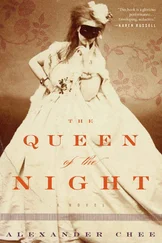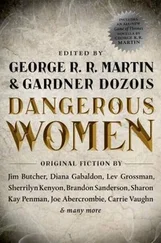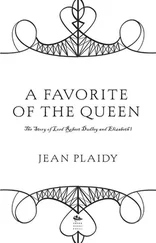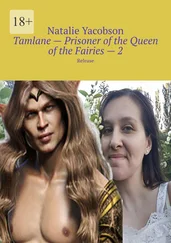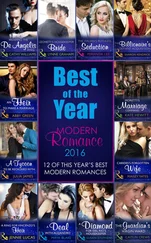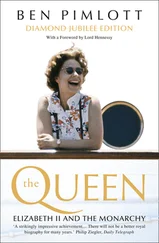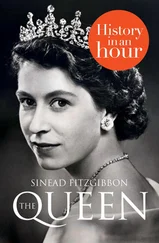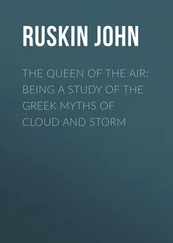In July 1947, Princess Elizabeth was assigned her first private secretary, a bright and energetic civil servant named John “Jock” Colville, who had served as an assistant private secretary to both Neville Chamberlain and Winston Churchill during World War II. Colville had ambitious plans for broadening Elizabeth’s horizons. In another example of Queen Mary’s farsightedness, she advised Colville shortly after his appointment that he should arrange for the heiress presumptive to travel, to mix with people beyond her social circle, and even to get to know Labour politicians. Colville found Elizabeth to be less engaged politically than he had hoped for, but he judged her worth to be “real.” He arranged for her to see telegrams from the Foreign Office, to watch a debate on foreign policy in the House of Commons, to spend a day observing juvenile court, and to attend a dinner in the prime minister’s residence at 10 Downing Street with up-and-coming Labour leaders.
Philip now had his own valet and bodyguard, and spent much of his time before the November 20 wedding with the royal family, including the late summer sojourn at Balmoral. “There was luxury, sunshine and gaiety,” wrote Jock Colville, with “picnics on the moors every day; pleasant siestas in a garden ablaze with roses, stocks and antirrhinums; songs and games.”
Elsewhere in Britain, the situation was unrelentingly bleak—an “ annus horrendus, ” as described by Hugh Dalton, the chancellor of the exchequer—characterized by high unemployment, idle factories, and food shortages. A government financial crisis led to tax increases and further austerity measures. Under these difficult circumstances, the Palace negotiated with the Labour government an increase in the annual income for Elizabeth from the £15,000 she had been granted on reaching the age of twenty-one to £40,000 plus £10,000 for Philip. These sums were allocated under the provisions of what was known as the Civil List through arrangements between the sovereign and Parliament dating from the eighteenth century.
William the Conqueror had seized vast amounts of English property following his successful invasion in 1066, and subsequent monarchs added holdings in Scotland, Wales, and Ireland even as they rewarded loyal subjects by giving them large tracts of land. What remained in the monarch’s possession was called the Crown Estate, which encompassed vast urban and rural holdings. When George III became king in 1760, these properties weren’t generating much revenue, so he struck an agreement with Parliament to turn over the income from the crown lands to the Exchequer (the government treasury) in exchange for a fixed annual payment called the Civil List. At the same time, he and his successors kept the income from a separate portfolio of property known as the Duchy of Lancaster.
These two sources of funds financed the royal household as well as members of the sovereign’s family. In 1947 the Crown Estate provided the government with nearly £1 million in “surplus revenue” from commercial and residential properties, mines, farms, forests, and fisheries. That year Parliament authorized the Treasury to return £410,000 to King George VI as a Civil List stipend, plus £161,000 for family members, leaving the government with nearly £400,000 to use for general expenses.
JUST BEFORE HIS daughter’s wedding, the King gave his future son-in-law a collection of grand titles—the Duke of Edinburgh, Earl of Merioneth, and Baron Greenwich—and decreed that he should be addressed as “His Royal Highness.” He would be called the Duke of Edinburgh, although he would continue to be known popularly as Prince Philip and would use his Christian name for his signature. (His official designation as a Prince of the United Kingdom would not come for another decade.) The King also invested Philip with the Order of the Garter, which dates from 1348 and is the highest personal honor that a monarch can confer; Elizabeth had received the Garter a week earlier as a mark of her seniority to her husband.
On November 18, the King and Queen had a celebratory ball at Buckingham Palace that dramatist Noel Coward called a “sensational evening.… Everyone looked shiny and happy.” Elizabeth and Philip were “radiant.… The whole thing was pictorially, dramatically and spiritually enchanting.” As was his habit, the King led a conga line through the state rooms of the palace, and the festivities ended after midnight. Philip was in charge of distributing gifts to his fiancée’s attendants: silver compacts in Art Deco style with a gold crown above the bride’s and groom’s entwined initials and a row of five small cabochon sapphires. With typical insouciance, “he dealt them out like playing cards,” recalled Lady Elizabeth Longman, one of the two non–family members among the eight bridesmaids.
The morning of the wedding two days later, Philip gave up smoking, a habit that had kept his valet, John Dean, “busy refilling the cigarette boxes.” But Philip knew how anguished Elizabeth was by her father’s addiction to cigarettes, so he stopped, according to Dean, “suddenly and apparently without difficulty.” Patricia Brabourne, who was also with her cousin that morning, said that Philip wondered if he was being “very brave or very foolish” by getting married, although not because he doubted his love for Lilibet. Rather, he worried that he would be relinquishing other aspects of his life that were meaningful. “Nothing was going to change for her,” his cousin recalled. “Everything was going to change for him.” Before he left Kensington Palace, where he had spent the night in his grandmother’s apartment, Philip indulged in a favorite royal ritual by downing a gin and tonic.
Outside Westminster Abbey, tens of thousands of spectators gathered in freezing temperatures to welcome the princess and her father in the Irish State Coach. Two thousand guests enjoyed the splendor of the 11:30 A.M. ceremony in the Abbey, an event that Winston Churchill called “a flash of colour on the hard road we have to travel.” Elizabeth’s dress by Norman Hartnell was of pearl-and-crystal-encrusted ivory silk satin, with a fifteen-foot train held by the two five-year-old pages, Prince William of Gloucester and Prince Michael of Kent, who wore Royal Stewart tartan kilts and silk shirts. Her tulle veil was embroidered with lace and secured by Queen Mary’s diamond tiara, and Philip’s naval uniform glinted with the new Garter insignia pinned to his jacket. The men in the congregation wore morning dress or uniforms, while the women were resplendent in long dresses, elbow-length white gloves, splendid jewels, and either tiaras or hats, many bedecked with feathered plumes. The Archbishop of York, Cyril Garbett, presided, telling the young couple that they should have “patience, a ready sympathy, and forbearance.”
After the hour-long service, the bride and groom led a procession down the nave that included five kings, five queens, and eight princes and princesses, among them the crowned heads of Norway, Denmark, Romania, Greece, and Holland. Philip’s mother was present, but his three sisters and their German husbands were pointedly not invited. Also noticeably absent was the king’s brother, former King Edward VIII, now the Duke of Windsor, and his wife the Duchess, for whom he had abdicated the throne. The estranged Windsors were living in Paris, unwelcome in London except for periodic visits. Although their exile may have seemed harsh, George VI, Queen Elizabeth, and their advisers had seen no alternative. A king and former king living in the same country would have resulted in two rival courts.
While the bells of the Abbey pealed, Elizabeth and Philip were driven to Buckingham Palace in the Glass Coach, preceded and followed by the two regiments of the Household Cavalry on horseback, wearing full ceremonial dress: the Royal Horse Guards in their blue tunics, the Life Guards in red, all with white leather breeches, black thigh-high boots, shiny steel cuirasses, and gleaming helmets with either red or white plumes. It was the most elaborate public display since the war, and the crowds responded with cheers and thunderous applause. More than 100,000 people broke through police lines to surge toward the Palace railings, shouting, “We want Elizabeth! We want Philip.” When the royal family stepped out on the balcony to smile and wave, they received a “tumultuous expression of good will.”
Читать дальше

